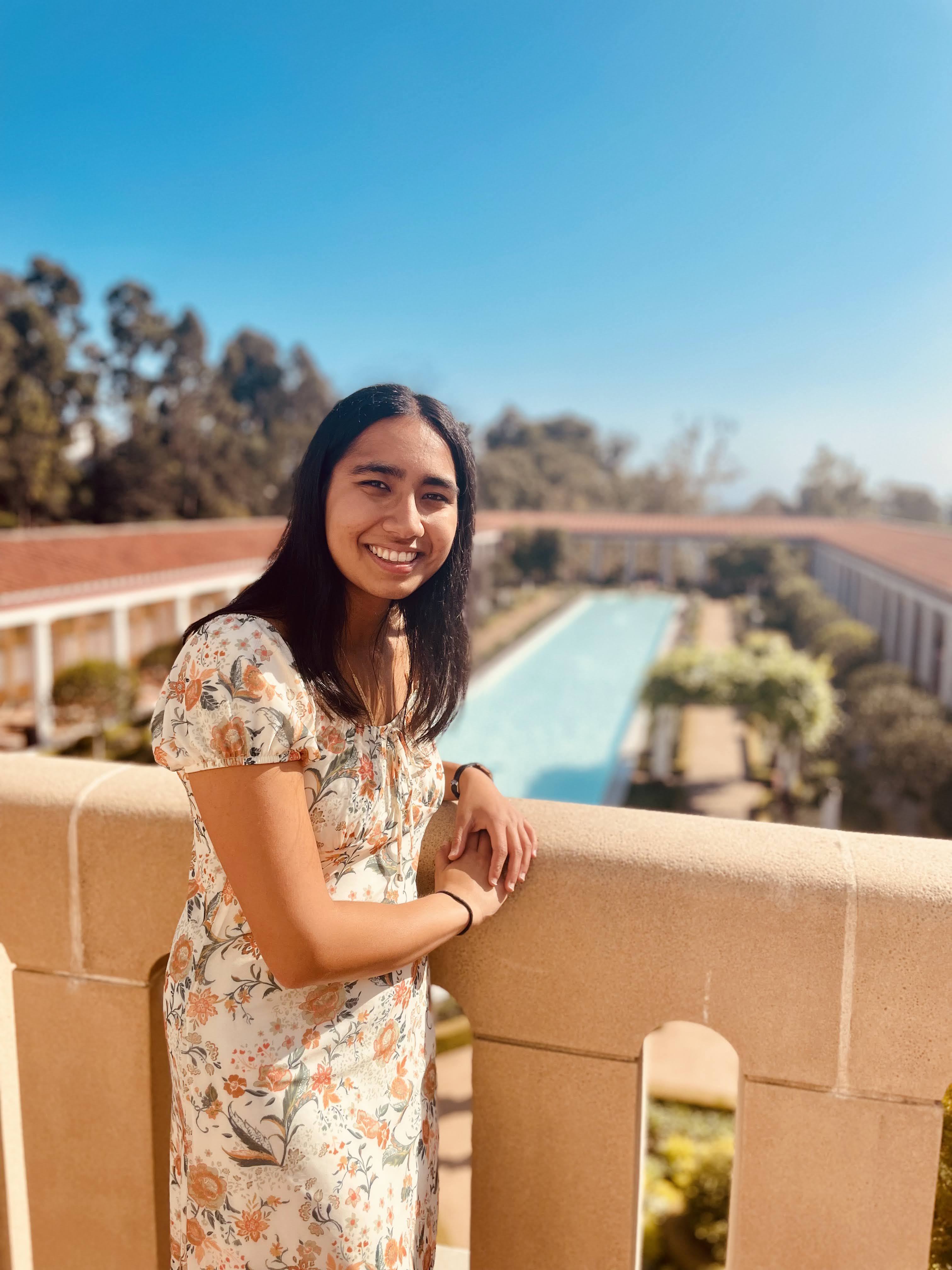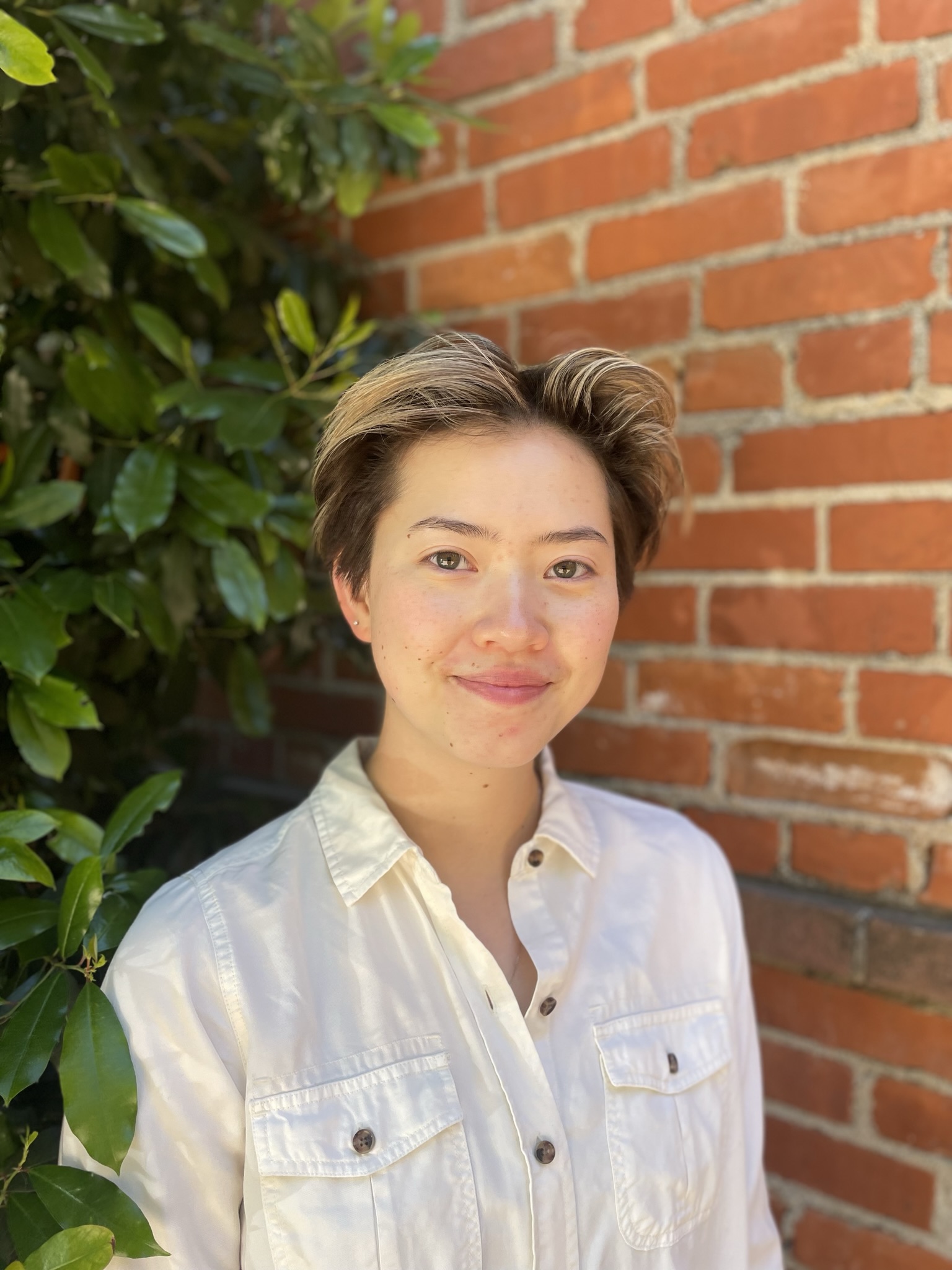Below is a summary of the abstract you submitted. Presenting author(s) is shown in bold.
If any changes need to be made, you can modify the abstract or change the authors.
You can also download a .docx version of this abstract.
If there are any problems, please email Dan at dar78@pitt.edu and he'll take care of them!
This abstract was last modified on March 18, 2024 at 8:35 p.m..

Arthrobacter bacteria are important nitrogen fixers of the soil microbiome, but can have deleterious effects on the agricultural sector’s productivity by degrading herbicides. Arthrobacter phages can lyse Arthrobacter bacteria and serve as potential biocontrol interventions, but the dearth of studies investigating Arthrobacter phages presents a need for information on their genetic diversity. Presently, no comparative genomic studies have been conducted on Arthrobacter cluster AO phages. In this study, examinations of inter- and intrasubcluster genomic relationships amongst cluster AO phages were conducted, spurred by the isolation of novel subcluster AO2 bacteriophage GravityBall. Bioinformatic tools like Phamerator, SplitsTree, gene content similarity heatmaps, and Gepard dot plots were used to compare cluster AO phages to each other and to non-cluster AO genomes. It was hypothesized that phages of the same subcluster should exhibit higher genomic similarity relative to phages from different subclusters. The data partially supported this hypothesis, revealing that high intrasubcluster similarity exists amongst cluster AO phages, although subcluster AO2 phages Wyborn and Sicarius2 share less genomic similarity with other subcluster AO2 phages. In fact, analyses showed that subcluster AO1 phages were more similar to subcluster AO2 phages than Wyborn and Sicarius2 were. Subcluster AO2 phages Wyborn and Sicarius2 instead shared higher genomic similarity with each other. Further comparisons amongst cluster AS, AZ, and AO phages exhibited similar degrees of intercluster diversity. These results showed cluster AO’s previously unreported diversity and how subclustering can mask intrasubcluster genomic differences and could be periodically updated.


